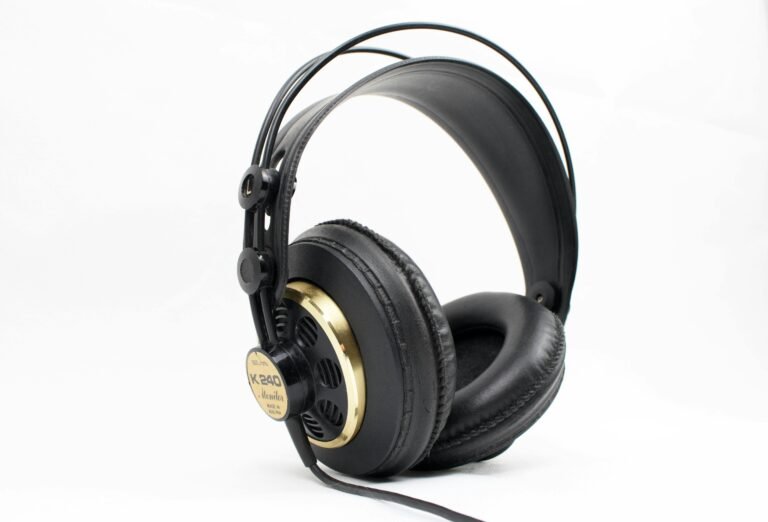When should I replace my headset? This is a common question for anyone who uses headphones regularly. The answer can vary depending on your headset’s condition, usage, and how much you’re willing to invest in a new one. Below, we’ll cover the main signs that indicate it’s time to replace your headset.

Key Signs It’s Time to Replace Your Headset
If you’re asking “when should I replace my headset,” the short answer is: when it stops delivering the quality and performance you expect. Whether it’s due to wear and tear or a sudden malfunction, certain signs can indicate it’s time for a new headset.
1. Sound Quality Deterioration
One of the most noticeable signs that it’s time to replace your headset is poor sound quality. This includes distorted audio, low volume, or one earcup working while the other doesn’t. If adjusting the cable or plugging it into different devices doesn’t improve sound quality, it’s likely the speakers or drivers inside are failing.
2. Broken or Loose Headband
Headsets undergo significant wear from regular use, and one of the first parts to go is often the headband. If the headband becomes cracked, loose, or does not stay in place, the headset may no longer provide a comfortable fit or optimal sound experience. A broken headband can also affect the overall durability of the headset, leading to a complete breakdown.
3. Unresponsive Microphone
If you rely on the headset for communication, an unresponsive or malfunctioning microphone is a major issue. Whether it’s distorted sound, no sound at all, or low volume, a broken microphone can severely limit the functionality of your headset. Trying to fix the mic with troubleshooting tips might work temporarily, but if the issue persists, it’s a strong sign you need a replacement.
4. Physical Wear
Wear and tear on your headset’s ear cushions and cables can affect comfort and sound quality. Cracked ear cups, frayed cables, or padding that has worn down to the point of exposing the internal components mean that the headset is no longer effective or comfortable. If repairs are too costly or impractical, replacing the headset is often the best solution.
5. Battery Life Deterioration (For Wireless Headsets)
For wireless headsets, a drop in battery life is a clear sign that it’s time to upgrade. If you notice that your wireless headset no longer holds a charge for a reasonable amount of time, even after a full charge, the battery is likely worn out. Depending on the model, battery replacements might not be possible, so it could be time to get a new headset.
6. Noisy or Broken Wireless Connection (For Bluetooth Headsets)
Bluetooth headsets are subject to connectivity issues over time. If you notice frequent disconnections, static noise, or complete failure to connect to devices, it could be a problem with the Bluetooth chip or antenna inside the headset. If troubleshooting fails to resolve the issue, replacing the headset is likely the best course of action.
7. Comfort Issues
Headset comfort is essential for long sessions of gaming, working, or listening to music. If your headset becomes uncomfortable due to worn-out ear cushions or headbands, or if it starts to cause discomfort from constant pressure on your head, it’s a sign that you need a replacement. Over time, even the best headsets can lose their initial comfort level.
How to Extend Your Headset’s Life
Before deciding to replace your headset, here are a few tips to extend its lifespan:
- Keep it clean: Regularly clean the ear cups and headband to prevent dirt and oil buildup.
- Store properly: Store your headset in a case to prevent damage when not in use.
- Avoid extreme temperatures: Don’t leave your headset in hot or cold environments to avoid damaging internal components.
Ultimately, when to replace your headset depends on the issues you’re facing. If the sound quality is degraded, the microphone is broken, or the physical components are falling apart, it’s time to invest in a new headset. Paying attention to these signs and addressing them early can save you from dealing with more significant issues down the road.
